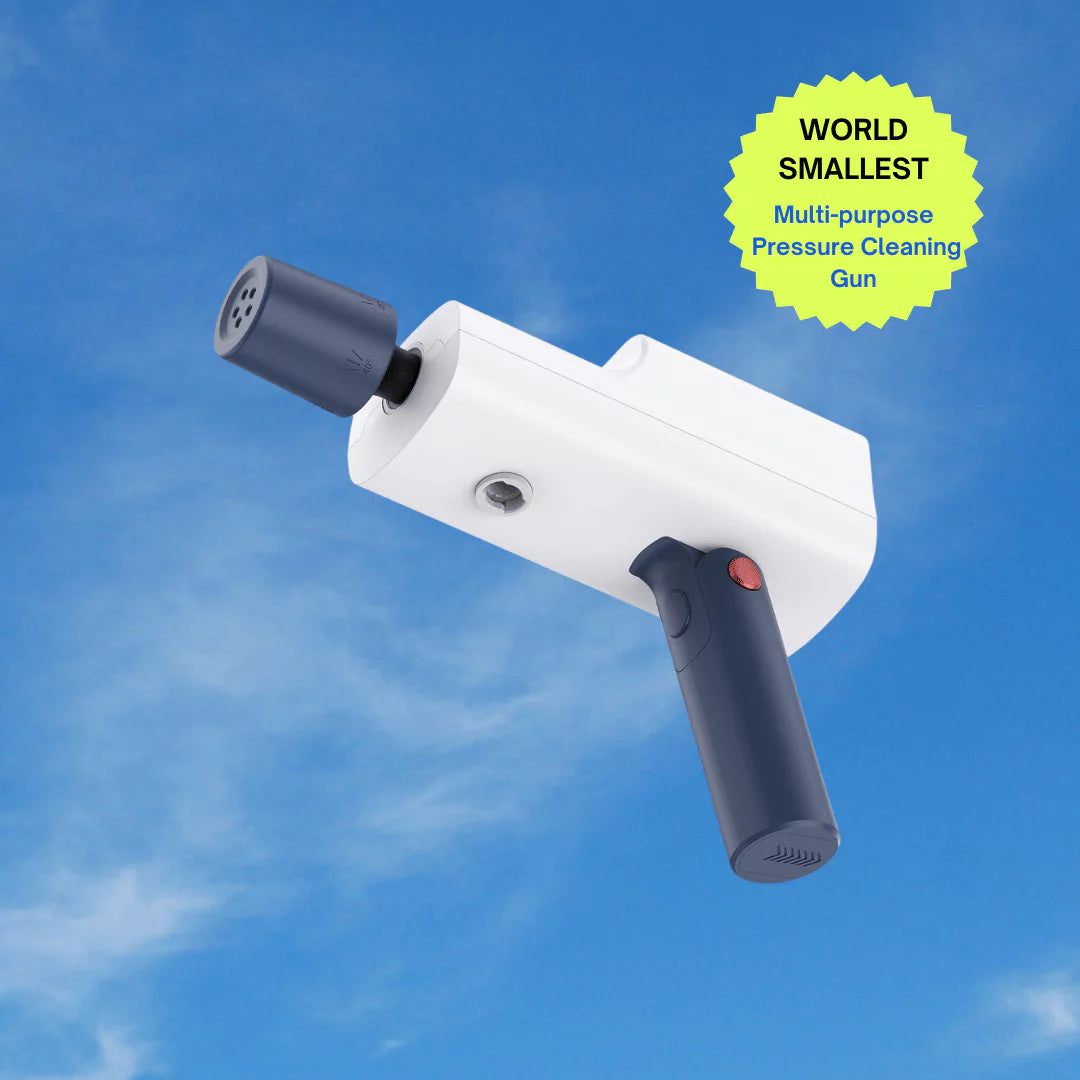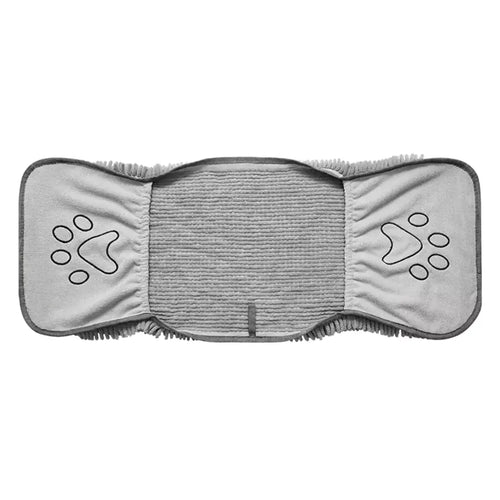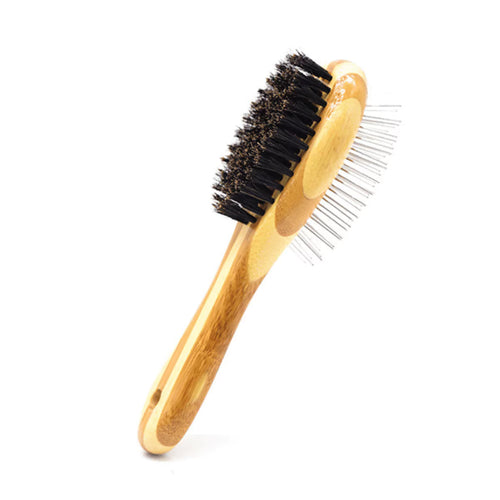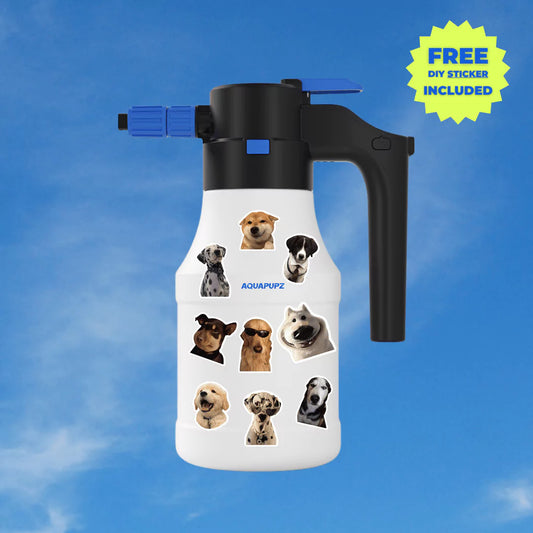Introduction
Dog grooming is an essential part of pet care that contributes to your furry friend's overall health and happiness. In this guide, we'll cover everything you need to know about dog groomers, from costs to tips on maintaining your dog's grooming routine at home. Let's explore the top 10 essential facts about dog groomers.
1. How long should you wait to spay a dog after a heat?
It's generally recommended to wait at least 2 to 3 months after a dog’s heat cycle before spaying. This allows the hormonal levels to normalize and reduces the risk of complications. Spaying a dog too soon after heat can lead to increased bleeding and other surgical complications.
For more information on spaying, visit our ASPCA spay/neuter program.
2. When can I spay my dog after her first period?
You can spay your dog about 2 to 3 months after her first heat period. This waiting period helps ensure that her body has returned to a normal hormonal state, which can make the surgery safer and recovery easier.
For more details, read our guide on timing for spaying.
3. Why does it cost more to spay a dog after the first heat?
Spaying a dog after her first heat can be more expensive because the reproductive organs are more developed, and the surgery can be more complex. There is also an increased risk of complications, such as excessive bleeding, which may require more careful handling and additional medical care.
For a detailed breakdown of costs, check out our article on spay/neuter expenses.
4. What is the best age to spay a female dog?
Most veterinarians recommend spaying a female dog between 6 to 9 months of age. This timing helps prevent health issues related to reproductive hormones and reduces the risk of unwanted litters. However, the best age can vary based on the dog's breed, size, and overall health.
For more information, visit our spay/neuter age guide.
5. How do you know when dog heat is over?
A dog's heat cycle typically lasts about 2 to 3 weeks. Signs that your dog's heat is over include the cessation of bleeding and reduced swelling of the vulva. Behavioral changes, such as decreased interest in males and less frequent marking, also indicate the end of the heat cycle.
Learn more about recognizing heat cycle stages in our heat cycle guide.
6. How long does a dog's first heat last?
A dog's first heat can last between 2 to 4 weeks. During this period, you may notice behavioral changes, increased urination, and bleeding. It's important to monitor your dog closely and manage her interactions with other dogs to prevent unwanted pregnancies.
For tips on managing your dog's first heat, visit our dog heat management guide.
7. Is 3 months too early to spay a dog?
While it is possible to spay a dog as early as 8 weeks, most veterinarians recommend waiting until the dog is at least 6 months old. Spaying too early can sometimes lead to complications and affect the dog's growth and development.
For advice on the best timing, consult our spay/neuter timing guide.
8. What happens if a dog is spayed too early?
Spaying a dog too early can lead to potential health risks such as urinary incontinence, stunted growth, and increased risk of certain orthopedic conditions. It's crucial to discuss the best timing for spaying with your veterinarian to ensure the health and well-being of your pet.
For more details, see our comprehensive guide on early spaying effects.
9. How do dog groomers make dogs smell so good?
Dog groomers use a variety of high-quality shampoos, conditioners, and finishing sprays specifically designed for dogs to leave them smelling fresh and clean. These products often contain natural ingredients and essential oils that help neutralize odors and leave a pleasant scent.
For maintaining that fresh smell at home, you can use the Aquapupz Magic Massage Bath Comb.
10. What shampoo do vets recommend for dogs?
Vets typically recommend shampoos that are gentle, hypoallergenic, and free of harsh chemicals. Oatmeal-based shampoos are popular for their soothing properties, especially for dogs with sensitive skin. Medicated shampoos may be prescribed for dogs with specific skin conditions.
For vet-recommended products, visit our collection of Aquapupz grooming tools.
Conclusion
Understanding the importance of professional dog grooming and knowing how to maintain your dog's grooming routine at home can greatly enhance their health and happiness. From selecting the right groomer to debunking common myths, being informed helps you make the best choices for your furry friend.
For more tips and products that make grooming easier, visit our Aquapupz website . Happy grooming!







